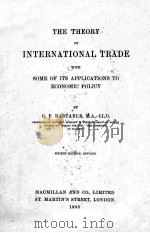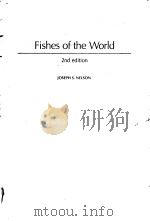《THE REGULATION OF INTERNATIONAL TRADE 2ND EDITION》
| 作者 | 编者 |
|---|---|
| 出版 | 未查询到或未知 |
| 参考页数 | 612 |
| 出版时间 | 没有确切时间的资料 目录预览 |
| ISBN号 | 0415184983 — 求助条款 |
| PDF编号 | 812307158(仅供预览,未存储实际文件) |
| 求助格式 | 扫描PDF(若分多册发行,每次仅能受理1册) |
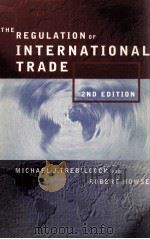
1The evolution of international trade theory and policy1
An intellectual history of international trade theory and policy1
An institutional history of international trade policy17
2The basic elements of the GATT/WTO, the North American Free Trade Agreement, and the European Union25
The General Agreement on Tarffs and Trade (GAT T)25
The Canada-US Free Trade Agreement and the North American Free Trade Agreement (NAFTA)38
The framework of economic integration in the European Union44
Harmonization47
3Dispute settlement51
Introduction51
The WTO Dispute Settlement Understanding (DSU)58
Dispute settlement in the NAFTA80
Conclusion94
4Trade, exchange rates, and the balance of payments95
Introduction95
Liquidity, adjustment and substitutability99
Volatility104
Macroeconomic policy coordination and proposals for managed exchange rates106
The European Monetary System (EMS)108
Conclusion111
5Tariffs, the MFN principle, and regional trading blocs112
The economic effects of a tariff112
The Most Favoured Nation principle114
Alternative bargaining structures116
Outstanding tariff issues119
Domestic administration of tariffs124
Multilateralism versus regionalism129
6Trade policy and domestic health and safety regulation and standards135
Introduction135
Legislative history138
Standards setting bodies150
Selected case-law152
Future policy directions160
Conclusions163
7Antidumping laws166
Introduction166
The GATTprovisions on antidumping167
Antidumping laws: Canada, the United States and the EU172
Theoretical rationales for antidumping laws177
Reforming antidumping laws188
8Subsidies, countervailing duties, and government procurement190
Introduction190
GATT provisions on subsidies191
Domestic administration of countervailing duty laws205
Rationales for countervailing duty laws213
Reforming subsidy laws217
9Safeguard regimes and domestic adjustment policies226
The GATT safeguard regime226
Domestic adjustment assistance policies239
Conclusion245
10Trade in agriculture246
Introduction246
Trade in agriculture and the pre-Uruguay Round GATT247
The Canada-US Free Trade Agreement (FTA) and the North American Free Trade Agreement (NAFTA)251
Rationalesfor differential treatment of the agricultural sector:a critical overview252
Instruments of agricultural protection254
The Uruguay Round Agreement on Agriculture258
Dispute settlement and the Agreement on Agriculture264
Conclusion268
11Trade in services270
Introduction270
The nature of services271
Barriers to trade in services273
International agreements for the liberalization of trade in services275
Financial services292
Telecommunications299
Conclusion305
12Trade-related intellectual property (TRIPs)307
Introduction307
Trade theory and intellectual property rights310
The pre-Uruguay Round international legal framework312
Aggressive unilaterialism: US trade remedy law and the EUnew trade policy instrument317
Intellectual property provisions in trade agreements319
Post-Uruguay Round developments330
Conclusion334
13Trade and investment335
Introduction335
Foreign investment and trade theory337
Economic rationalesforgovernment incentives and disincentives toforeign investment338
Non-economic rationales and effects of investment policies: sovereignty and the foreign firm342
Alternative approaches to international discipline of foreign investment measures347
The Multilateral Agreement on Investment (MAI)357
Conclusion365
14Trade and developing countries367
Introduction367
The legal and institutionalframeworkfor developing country trade368
Trade and development: theory and policy379
Policy options and prospects for the future386
Conclusion394
15Trade and the environment395
Introduction395
The GATT397
The North American Free Trade Agreement432
Conclusion440
16Trade and labour rights441
Introduction441
A conceptual framework for understanding the trade and labour rights debate442
The existing and evolving legal and institutionalframework456
Conclusion462
17Trade and competition policy464
The basic economic function of competition laws464
International dimensions of competition laws467
Application of framework to specific aspects of competition policy474
Trade policy implications481
18The international movement of people484
Introduction484
Immigration policy in historical perspective486
The values487
The welfare implications of immigration491
Implicationsfor immigration policy496
Conclusion498
19Conclusion: the future of the global trading system500
Introduction500
Trade liberalization and the regulatory state: managing the interface500
Strengthening the legal and institutionalfoundations of open markets516
Multilateralism versus regionalism519
Notes523
Index595
《THE REGULATION OF INTERNATIONAL TRADE 2ND EDITION》由于是年代较久的资料都绝版了,几乎不可能购买到实物。如果大家为了学习确实需要,可向博主求助其电子版PDF文件。对合法合规的求助,我会当即受理并将下载地址发送给你。
高度相关资料
-

- IMPORTING
- 1916 BUSINESS TRAINING CORPORATION
-
- THE LANGUAGE OF INTERNATIONAL TRADE IN ENGLISH
- REGENTS PUBLISHING COMPANY,INC.
-

- THE INTERNATIONAL TIN TRADE
- 1995 WOODHEAD PUBLISHING LIMITED
-
- LAW OF INTERNATIONAL TRADE TEXTBOOK 6TH EDITION
- 1995 HLT PUBLICATIONS
-
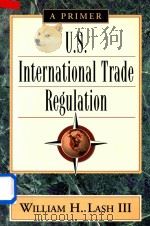
- U.S. International Trade Regulation A Primer
- 1998 THE AEI PRESS
-
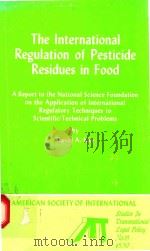
- THE INTERNATIONAL REGULATION OF PESTICIDE RESIDUES IN FOOD
- 1976 COPYRIGHT
-
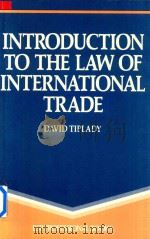
- Introduction to the Law of International Trade
- 1989 NSP Professional Books
-
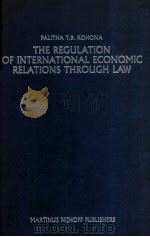
- The regulation of international economic relations through law
- 1985 M. Nijhoff Publishers
-
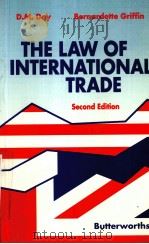
- The Law of International Trade
- 1993 Butterworth-Heinemann
-
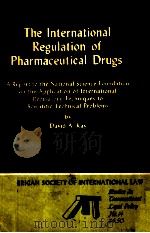
- THE INTERNATIONAL REGULATION OF PHARMACEUTICAL DRUGS
- 1976 PUBLISHED BY WEST PUBLISHING COMPANY
-
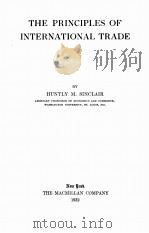
- THE PRINCIPLES OF INTERNATIONAL TRADE
- 1932 THE MACMILLAN COMPANY
提示:百度云已更名为百度网盘(百度盘),天翼云盘、微盘下载地址……暂未提供。➥ PDF文字可复制化或转WORD


